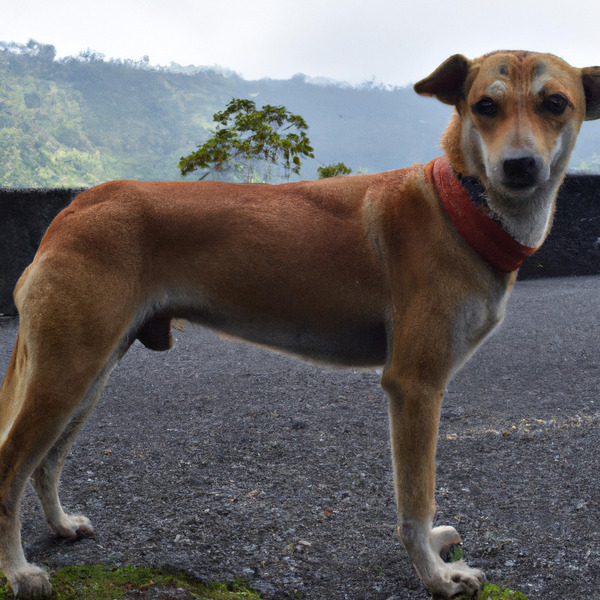Kintamani vs. Giant Schnoodle: Breed Differences and Similarities
Hypoallergenic
Are Kintamanis or Giant Schnoodles hypoallergenic, or neither?
Unfortunately, the Kintamani is not hypoallergenic, making it not a good choice for a dog lover who suffers from pet allergies.
While no dogs are truly 100% hypoallergenic, Giant Schnoodles are about as close as it gets, making them an ideal pet if you are an allergy sufferer.
Temperament
What are the personalities of Kintamani and Giant Schnoodle dogs?
Intelligent
Gentle
Loyal
Alert
Active
Alert
Powerful
Intelligent
Dominant
Loyal
Kind
Strong
Willed
Trainable
Faithful
Instinctual
Shedding Level
Do Kintamanis shed more than Giant Schnoodles, or which breed sheds more, Kintamanis or Giant Schnoodles?
Kintamanis are moderate shedders, but regular brushing can reduce shedding and maintain coat health.
Giant Schnoodles shed very little hair, making them a great choice for those who dislike excess hair in the house.
Watchdog Ability
Which dog breed makes a better watchdog, the Kintamani or Giant Schnoodle?
Choose a Kintamani if you want a top-notch watchdog. This breed takes guarding seriously, and may not require much training, though obedience or guard dog training can improve their skills.
Giant Schnoodles are decent watchdogs - they'll alert their owner if something seems amiss.
Origin
What is the origin of Kintamani and Giant Schnoodle dog breeds?
Bali
United States
Ancestry
What are the origins of Kintamani and Giant Schnoodle breeds?
Unknown
Standard Poodle and Giant Schnauzer
Date of Birth
When were Kintamani and Giant Schnoodle breeds first developed?
Unknown
Eye Color Possibilites
What are the eye colors of Kintamani and Giant Schnoodle dogs?
Brown
Brown
Nose Color Possibilites
What are the natural nose colors of Kintamani and Giant Schnoodle?
Black
Black
Coat Color Possibilites
What are the natural colors of the coat for Kintamani and Giant Schnoodle breeds?
White
Pied
Black
Black
Silver
White
Coat Length
What is the typical coat length for Kintamani and Giant Schnoodle breeds?
The coat of Kintamani and Giant Schnoodle dogs falls in the medium-length category.
Coat Density
What is the density of the coat of Kintamani and Giant Schnoodle?
Coat Texture
What is the hair texture of Kintamani and Giant Schnoodle?
Straight
Wavy
Litter Size
What is the usual litter size for Kintamani and Giant Schnoodle?
A Kintamani can have a litter of 13-15 puppies on average. However, it's worth noting that the size of the litters can vary greatly. Factors that can influence litter size include the health of the mother, breeding history, and genetics.
A Giant Schnoodle can have a litter of 5-8 puppies on average. However, it's worth noting that the size of the litters can vary greatly. Factors that can influence litter size include the health of the mother, breeding history, and genetics.
Adaptability
Kintamanis have average adaptability to changes in lifestyle and living environments compared to other breeds.
Giant Schnoodles are known for their adaptability and can adjust well to different environments and lifestyle changes.
Health Issues
Between Kintamani and Giant Schnoodle, which breed is more prone to health problems?
The Kintamani and Giant Schnoodle breeds are commonly healthy with low vet costs, regular check-ups may not be as necessary but it's important to keep an eye on their health and have them checked by a veterinarian when needed.
Major Concerns
What are the major health concerns for Kintamani and Giant Schnoodle breeds?
Usually A Very Healthy Breed
Progressive Retinal Atrophy
Hip Dysplasia
Addison's Disease
Mitral Valve Disease
Cobalamin Malabsorption
Sebaceous Adentitis
Minor Concerns
What minor health issues should be kept in mind when owning Kintamani and Giant Schnoodle?
Skin Problems
Entropion
Chronic Anemia
Autoimmune Thyroiditis
Corneal Dystrophy
Occasional Tests
What occasional tests are recommended for Kintamani and Giant Schnoodle breeds?
Physical Examination
Skin Cytology Sample
Hip
Thyroid Tests
Eye Examination
Blood Tests and Analysis
Heart Analysis
Energy
How do the energy levels of Kintamanis and Giant Schnoodles compare?
For those who lead a balanced lifestyle, Kintamani and Giant Schnoodle breeds may be a good choice as they have an average energy level.
Social Needs
Kintamani vs Giant Schnoodle social needs comparison
Kintamani and Giant Schnoodle have above average social needs compared to other breeds. They thrive in environments where they have a lot of interaction with humans and other dogs.
Exercise Needed
Kintamani vs Giant Schnoodle exercise need comparison.
Kintamanis need high physical activity and are ideal for active individuals, but not suitable for sedentary lifestyles or small apartments.
Giant Schnoodles need moderate physical activity and are great for families and active individuals.
Sleeping Need
Which of the two sleeps the most/least: Kintamani or Giant Schnoodle?
Kintamanis have moderate energy levels and typical sleep patterns of 12-14 hours per day.
Giant Schnoodles sleep less than other breeds but still need adequate sleep for good health.
Tendency to Bark
Do Kintamanis or Giant Schnoodles bark more/less frequently?
The Kintamani is a vocal breed that frequently barks and howls, and may not be suitable for those seeking a quiet companion.
Giant Schnoodle dogs are generally less vocal than other breeds and only bark when necessary, such as to alert their owner or communicate.
Mouthiness
Mouthiness Comparison: Kintamani vs Giant Schnoodle?
Roaming urge
Kintamani vs Labrador: Running away tendency?
Prey Drive
Kintamani or Giant Schnoodle - which breed has a higher level of prey drive?
Past times
What are some enjoyable activities and ways to keep Kintamani and Giant Schnoodle entertained?
Playing, Running, Jumping, Walk, Swim, Walking, Trekking
Treats, Swimming, Fetch, Bath time, Car rides, Walks, Walk, Run, Guard dog, Brushing, Chase, Toys, Doing tricks, Watch tv, Hide & Seek, Football, Giving baths, Walking, Playing, Toothbrushing, Watching movies
Activity Level
Which breed has higher energy, Kintamanis or Giant Schnoodles?
Kintamanis are medium-energy dogs and typically enjoy socializing and playing casual or even sustained games of chase with other dogs. They may also have occasional periods of barking or racing around the house.
Giant Schnoodles are high-energy dogs. They need mental as well as physical exercise. These dogs require a lot of your involvement and without it they can, and will, become problematic dogs.
Tolerance of being left alone
Walks per Week
How many miles should Kintamani or Giant Schnoodle walk each week?
There's really no limit to how far you walk your dog as long as they're comfortable. For Kintamani, it's at least 10 miles / week. Just remember to build distance and stamina gradually over time.
There's really no limit to how far you walk your dog as long as they're comfortable. For Giant Schnoodle, it's at least 12 miles / week. Just remember to build distance and stamina gradually over time.
Activity per Day
Do Kintamanis or Giant Schnoodles require more exercise?
Both Kintamani and Giant Schnoodle typically require a minimum of 60 minutes of exercise each day. The exercise can be spread throughout the day and may involve high-energy activities like walking, running, and playing.
Grooming
Which breed is easier to maintain in terms of grooming, Kintamanis or Giant Schnoodles?
The Kintamani requires an average amount of grooming compared to other breeds.
Giant Schnoodles require significant grooming, including regular trims and professional grooming assistance to maintain their coat. They may also require frequent bathing to keep their coat and skin healthy.
Brushing Frequency
What is the recommended brushing frequency for Kintamani and Giant Schnoodle dogs?
Kintamani and Giant Schnoodle should be brushed at least once a week. Of course, you can give them more frequent brushes if you find that they are still shedding a lot.
Brushing Tools
What brushing tools are used for Kintamanis and Giant Schnoodles?
Pin Brush
Comb
Deshedder
Nail Clipper
Pin Brush
Comb
Scissors
Nail Clipper
Cups
How much food should be given to Kintamani or Giant Schnoodle in cups?
For an average 33-37 pound (15 - 17 kg) Kintamani feed 1.8 cups daily. But, keep in mind, the amount you feed is going to be dependent on the quality of the food you are feeding.
For an average 100-120 pound (45 - 54 kg) Giant Schnoodle feed 4 cups daily. But, keep in mind, the amount you feed is going to be dependent on the quality of the food you are feeding.
Daily Cost
Which breed has a higher daily cost, Kintamani or Giant Schnoodle?
The average cost of a Kintamani is somewhere $1.70 - $2.00 per day.
The average cost of a Giant Schnoodle is somewhere $3.90 - $4.20 per day.
Monthly Cost
Which breed has a higher monthly cost, Kintamani or Giant Schnoodle?
The average per month expenses of a Kintamani is between $48 - $63. This makes an average of $576 - $756 per year. It will be on the higher side when the dog is still small because it will need more frequent visits to the vet, shots.
The average per month expenses of a Giant Schnoodle is between $112 - $126. This makes an average of $1344 - $1512 per year. It will be on the higher side when the dog is still small because it will need more frequent visits to the vet, shots.
Intelligence
Comparing Intelligence: Kintamanis vs Giant Schnoodles
The Kintamani and Giant Schnoodle breeds are considered very intelligent and easy to train.
Sensitivity Level
How do Kintamani and Giant Schnoodle compare in sensitivity?
Kintamanis have average emotions and adapt well to different situations.
This breed is sensitive and requires gentle handling and a calm home environment.
Affection Dependance
Which is the more affectionate dog breed: Kintamani vs Giant Schnoodle?
Apartment Friendly
Which breed is more apartment-friendly: Kintamani or Giant Schnoodle?
Kintamanis and Giant Schnoodles are dogs that do well in apartments with sufficient exercise, but they would really appreciate a small yard.
Child Friendly
Do Kintamanis or Giant Schnoodles have a friendlier temperament towards children?
Kintamanis have an average level of friendliness towards children.
Giant Schnoodles are good with kids if socialized and trained from a young age.
Senior-friendly
Which dog is more suitable as a pet for the elderly - Kintamani or Giant Schnoodle?
Cat Friendly
Do Kintamani or Giant Schnoodle breeds have a better compatibility with cats?
Kintamanis are good with cats, but early training is needed to prevent chasing behavior.
Giant Schnoodles are average in their friendliness toward cats and tend to do well with them, especially if raised together.
Dog Friendly
Which breed is more sociable with other dogs: Kintamani or Giant Schnoodle?
{Kintamanis and Giant Schnoodles are average friendly towards other dogs. If they are raised with other dogs, they are likely to get along with them. And, if they are socialized properly from a young age, they will usually be great with other dogs.
Pet friendly
How do Kintamani or Giant Schnoodle dogs interact with other pets?
Stranger Friendly
Which breed is more friendly with strangers: Kintamani or Giant Schnoodle?
Kintamanis are quick to announce strangers and can be standoffish or suspicious.
Giant Schnoodles are averagely friendly around strangers but benefit from early socialisation.
Playfulness
Which breed is more playful between Kintamani and Giant Schnoodle?
Kintamanis are a playful breed that needs daily playtime to be happy.
Giant Schnoodles are very playful, so adopting an older one might be a better option for a more relaxed experience.
Trainability
How do the trainability levels of Kintamanis and Giant Schnoodles compare?
Kintamani and Giant Schnoodle dogs are known for their ease of training and ability to learn quickly, making them a popular choice for pet owners and trainers alike.
Compare Kintamani with other breeds

Soft-Coated Wheaten Terrier
Kintamani vs Soft-Coated Wheaten Terrier
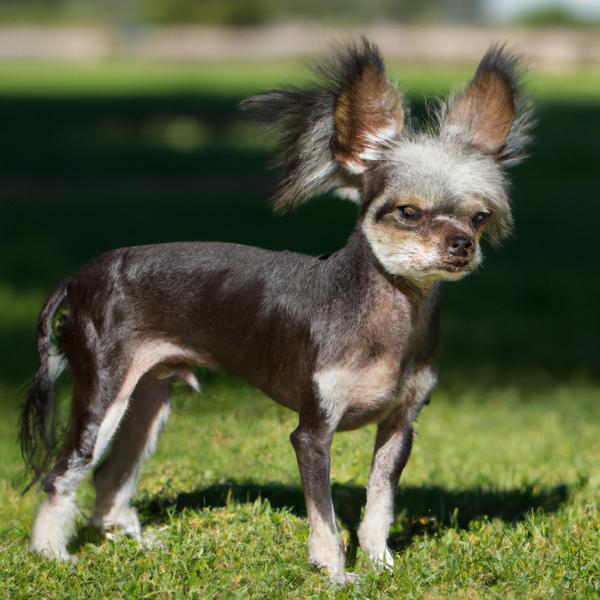
Chin Crested
Kintamani vs Chin Crested

Berger Picard
Kintamani vs Berger Picard
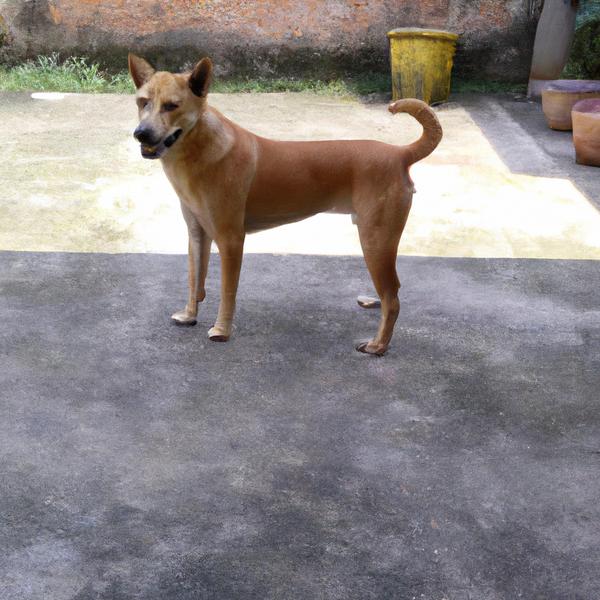
Jaland
Kintamani vs Jaland
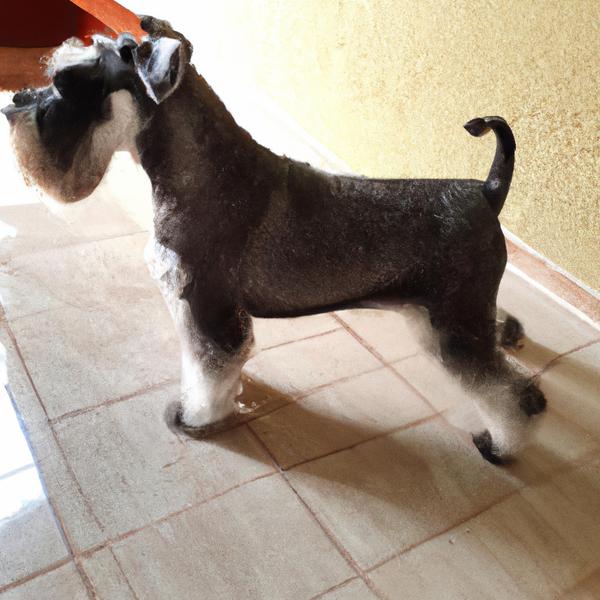
Bulldog Schnauzer
Kintamani vs Bulldog Schnauzer
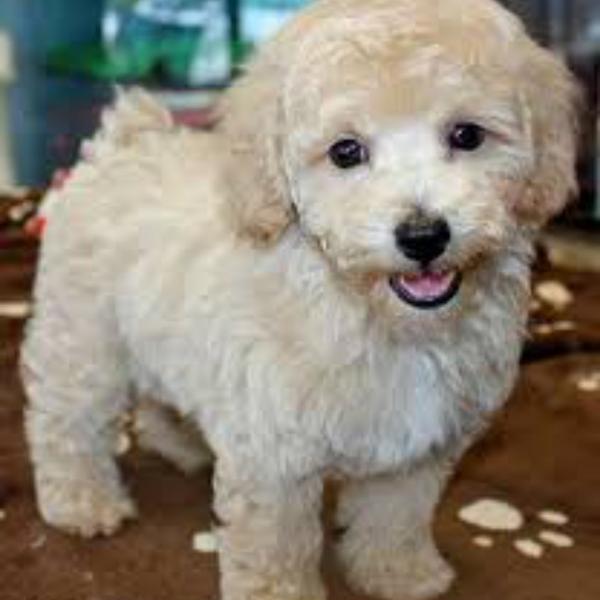
Bich-poo
Kintamani vs Bich-poo
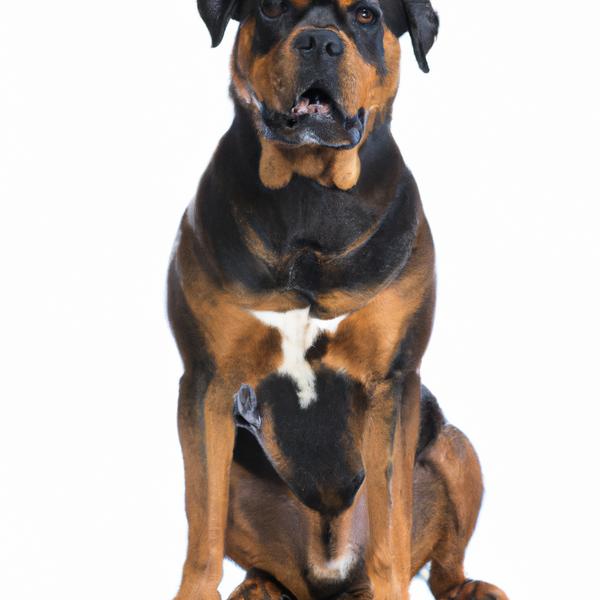
Boxweiler
Kintamani vs Boxweiler
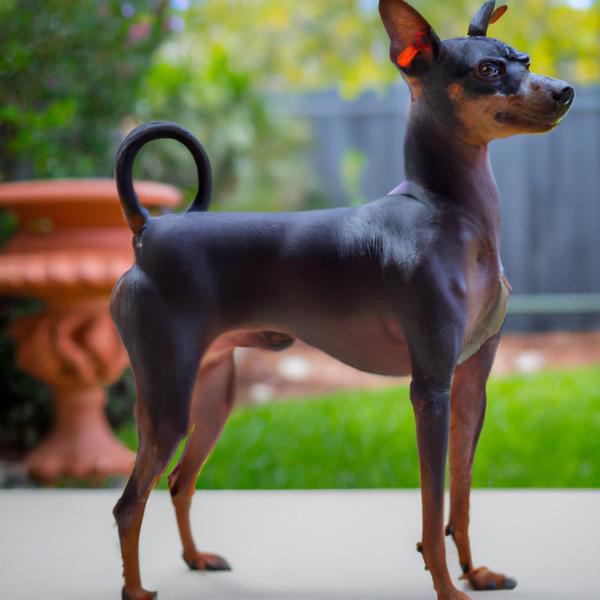
Italian Grey Min Pin
Kintamani vs Italian Grey Min Pin
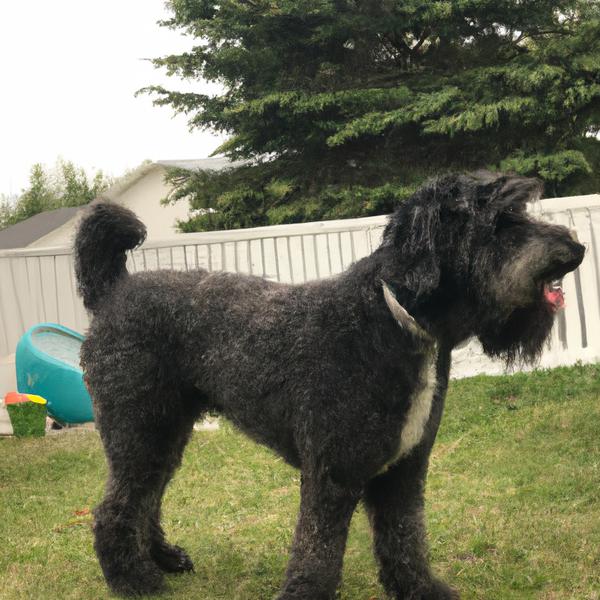
Giant Schnoodle
Kintamani vs Giant Schnoodle
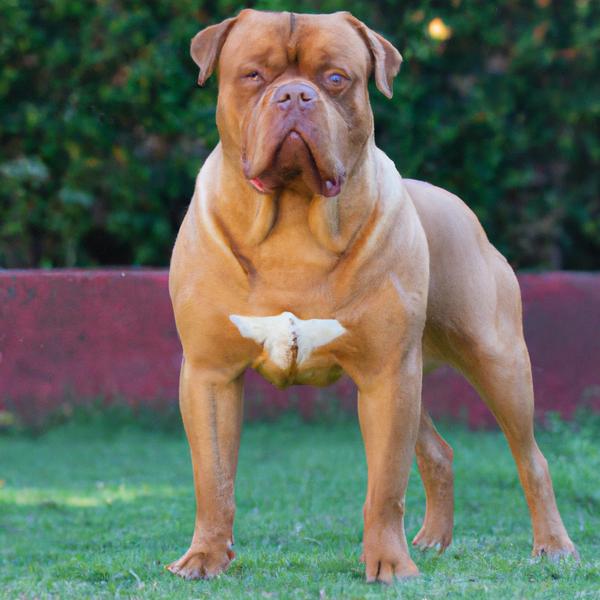
Bully Bordeaux
Kintamani vs Bully Bordeaux

Crestoxie
Kintamani vs Crestoxie
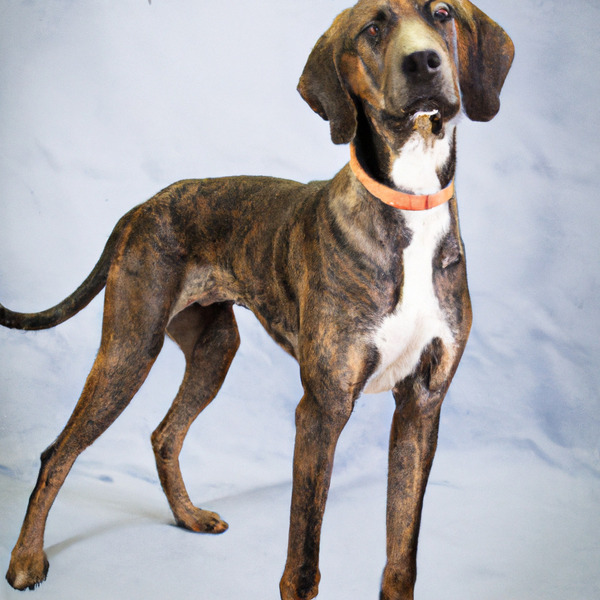
Plott Hound
Kintamani vs Plott Hound
